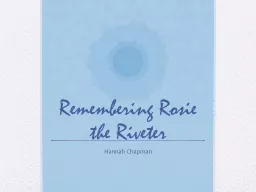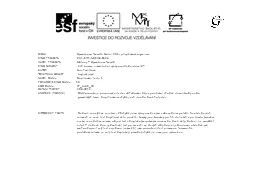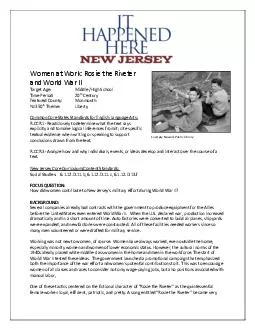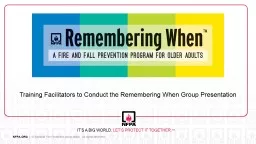PPT-Remembering Rosie the Riveter
Author : kittie-lecroy | Published Date : 2016-07-05
Hannah Chapman The Rosie We Know Rosie the Riveter is an image of a strong woman who fought for her country and at the same time paved a path for herself in the
Presentation Embed Code
Download Presentation
Download Presentation The PPT/PDF document "Remembering Rosie the Riveter" is the property of its rightful owner. Permission is granted to download and print the materials on this website for personal, non-commercial use only, and to display it on your personal computer provided you do not modify the materials and that you retain all copyright notices contained in the materials. By downloading content from our website, you accept the terms of this agreement.
Remembering Rosie the Riveter: Transcript
Download Rules Of Document
"Remembering Rosie the Riveter"The content belongs to its owner. You may download and print it for personal use, without modification, and keep all copyright notices. By downloading, you agree to these terms.
Related Documents














